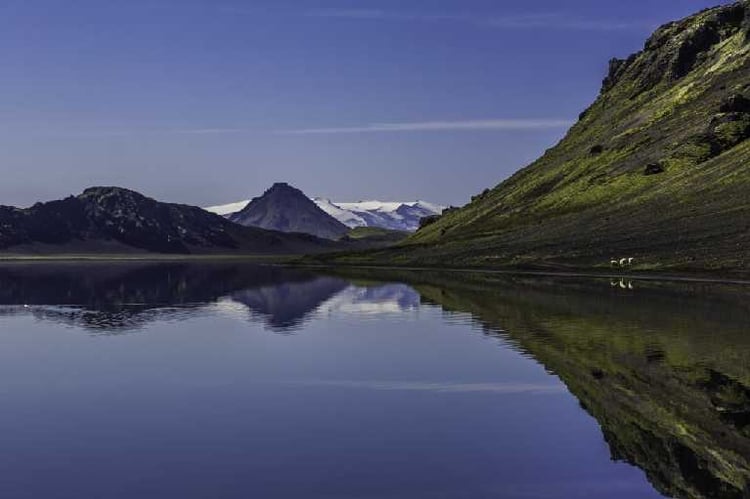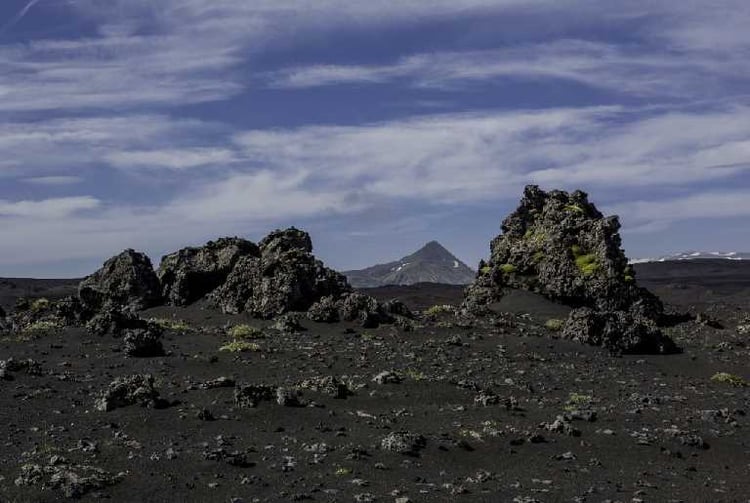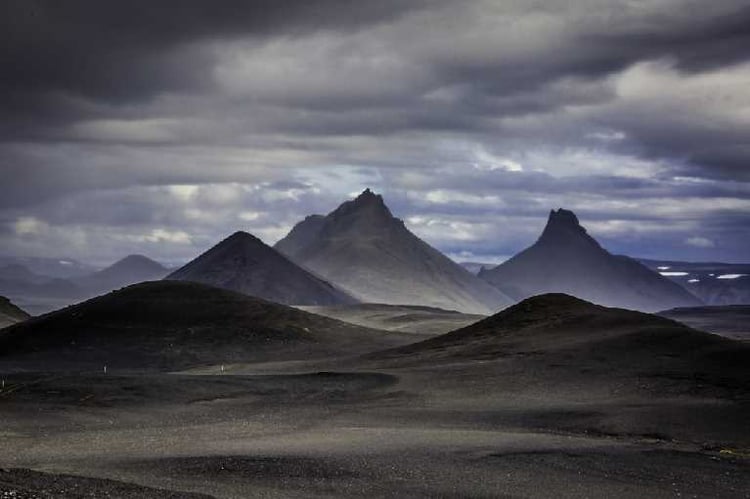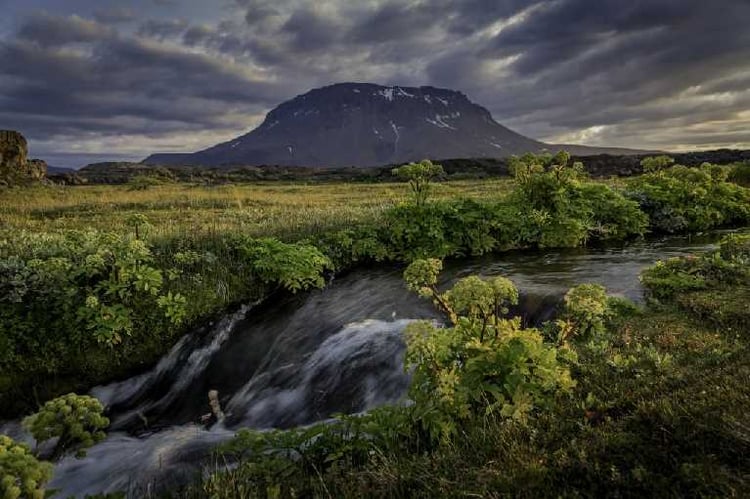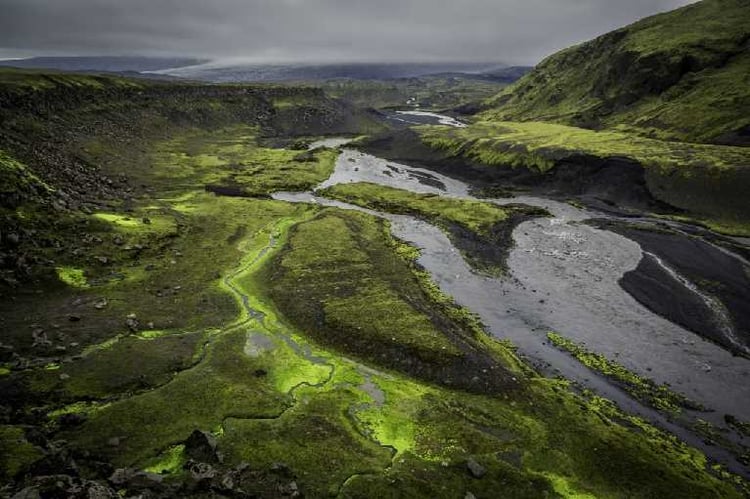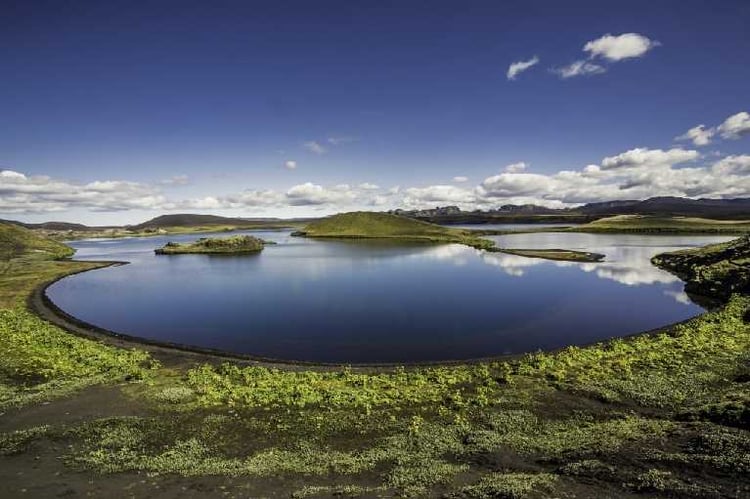On Top of the World
Hearing about Iceland’s majestic landscapes is one thing, but actually standing at the very top and conquering its awesome peaks is an experience that leaves many breathless – and not only because of the physical effort. Here is a list of the 10 highest peaks of Iceland.
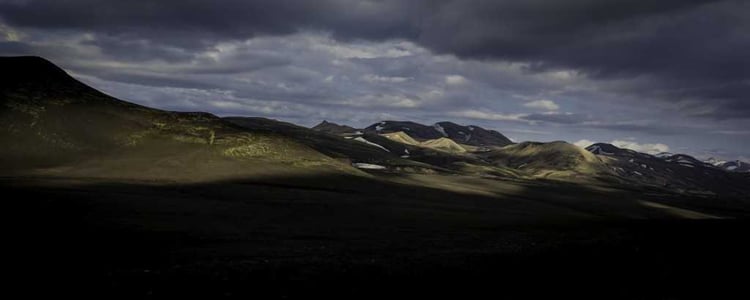 You’d be surprised that some mountains in Iceland are within reach of non-professional climbers and don’t require specialised equipment, but you should always be sure to come prepared and seek information from relevant parties to make sure it’s safe, as conditions can change rapidly in Iceland. Scaling glacial peaks especially should never be done without consulting professional guides, doing extensive preparation and bringing proper equipment, including a GPS if you should get into trouble. You should also take note that many of these locations are only accessible on 4×4 vehicles.
You’d be surprised that some mountains in Iceland are within reach of non-professional climbers and don’t require specialised equipment, but you should always be sure to come prepared and seek information from relevant parties to make sure it’s safe, as conditions can change rapidly in Iceland. Scaling glacial peaks especially should never be done without consulting professional guides, doing extensive preparation and bringing proper equipment, including a GPS if you should get into trouble. You should also take note that many of these locations are only accessible on 4×4 vehicles.
The southern part of Vatnajökull is called Öræfajökull and there you’ll find Iceland’s highest peak, Hvannadalshnjúkur, a pyramidal peak, standing at 2,110 metres (6,920 feet) above sea level. Öræfajökull is actually an active volcano and has erupted twice in historical times, in 1362 and 1727. The first eruption was an explosive one which turned the surrounding area into a wasteland, from which the glacier got its name. The later eruption lasted a whole year and filled the air with ash, so there was no way to tell night from day at the beginning stages of the eruption.
Standing on top of Iceland’s highest peak is understandably an experience that many dream of and luckily it does not require mountaineering experience. The hike does take 10-15 hours and is quite strenuous, so it does require potential climbers to be in decent shape of mind and body. Several tour operators offer regular guided hikes to the peak.
You might have seen the name of Iceland’s second highest peak in the news last year when news of volcanic activity were broadcast all over the world. Bárðarbunga itself is actually a stratovolcano located underneath the north-western part of Vatnajökull glacier and stands 2,009 metres tall (6,591 feet.)
The eruption started in August 2014 and didn’t stop until February 2015, having then created a lava field covering 82 square kilometres (20 square miles). The area north of Bárðarbunga has recently been reopened, but the new lava field is a restricted area; seek information in Vatnajökul National Park for optimal viewing locations of the brand-new lava field.
The impressive mountain range of Kverkfjöll reaches 1,920 metres (6,300 feet) at its highest peak and is situated on the north-eastern border of Vatnajökull. There is a large hot magma chamber underneath the mountain, which has formed fascinating glacial caves, but be sure to only admire them from the outside as they can collapse at any moment and cause serious injury.
There are several hiking paths in the remote Kverkfjöll area, which is only accessible from the north via a 4×4 vehicle and thus is quite remote so once you get there you can truly feel like you’ve found undiscovered land. The surrounding area is one of Iceland’s largest active geothermal areas.
Iceland’s highest peak outside of Vatnajökull glacier (even though it is located within Vatnajökull National Park) is Snæfell, which rises 1,833 metres (6,013 feet) above sea level and is located to the north-east of Vatnajökull glacier. It is a relatively easy, but extremely rewarding hike. It is a dormant conical volcano which gives majestic views of the East of Iceland. You could even catch sight of the local reindeer population there.
5. Hofsjökull
Iceland’s third largest glacier is home to its fifth highest peak – situated in the west of Iceland’s highlands and reaching 1,765 metres (5,791 feet) at its peak. It is an almost perfectly round icecap of around 40 kilometres in diameter. The glacier is the source of several large glacial rivers, including Iceland’s longest river, Þjórsá.
A very prominent flat-topped mountain in the north-east highlands is the iconic Herðubreið, which rises 1,682 metres up towards the sky in the middle of a seemingly barren desert. On a good day the views from the top are uncomparable and you can see to the ocean all around the country. Herðubreið is not an easy climb due to the loose soil and the only access is on the north-west side, but it is very steep.
At the roots you’ll find a vegetated oasis in the desert, called Herðubreiðarlindir. It is by many considered a gem of the highlands, where Iceland truly lives up to being called a land of contrasts. One of Iceland’s most famous outlaws is supposed to have resided in Herðubreiðarlindir.
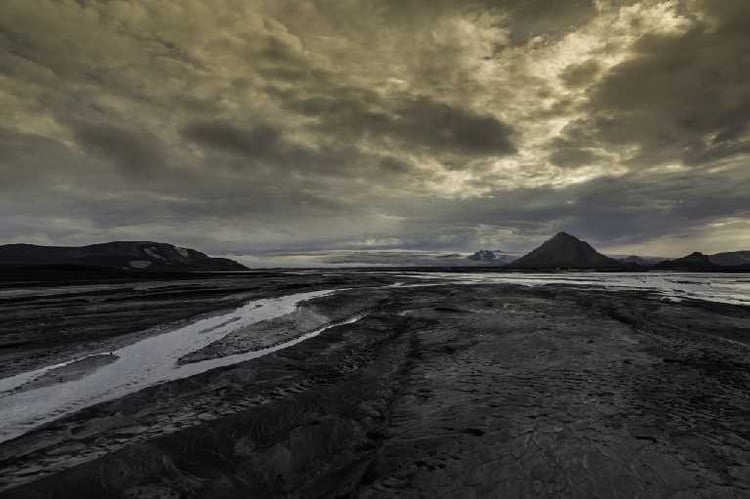 7. Eiríksjökull
7. Eiríksjökull
The largest table mountain in Iceland and seventh tallest peak is Eiríksjökull, rising to a height of 1,675 metres (5,495 feet) above sea level. It was formed by a sub-glacial eruption that melted the ice and formed a crater, which is now covered by the glacier. Eiríksjökull is now dormant and a difficult hike, as it is very steep.
Now probably the most famous glacier in Iceland, whose name no one seems to be able to pronounce correctly (and understandably so.) Eyjafjallajökull made world headlines in 2010 when a volcanic eruption spewed a gigantic cloud of ash into the atmosphere that covered large areas of Northern Europe, shutting down commercial flights in the process, affecting around ten million travellers.
A reminder of mankind’s inability to predict or control nature’s awesome powers, Eyjafjallajökull stands 1,666 metres tall and is clearly visible from the ring road around Iceland.
Located north-west of the Vatnajökull glacier is Iceland’s ninth tallest peak, Tungnafellsjökull, reaching 1,540 metres or 5,036 feet. A hike to the summit, called Háhyrna, is relatively easy and has splendid views. Tungnafellsjökull’s central volcano contains two calderas, one of which is filled by the glacier, while the other one contains rhyolitic lava.
The highest peak of northern Iceland is Kerling, a mainly basalt rock mountain, rising up to 1,538 metres (5,030 feet) at its summit. There is no marked trail to the top, but it isn’t considered a very difficult hike. However, as always make sure to come prepared in proper clothing. The view from the top offers outstanding panoramic views on a clear day.
-VAG


